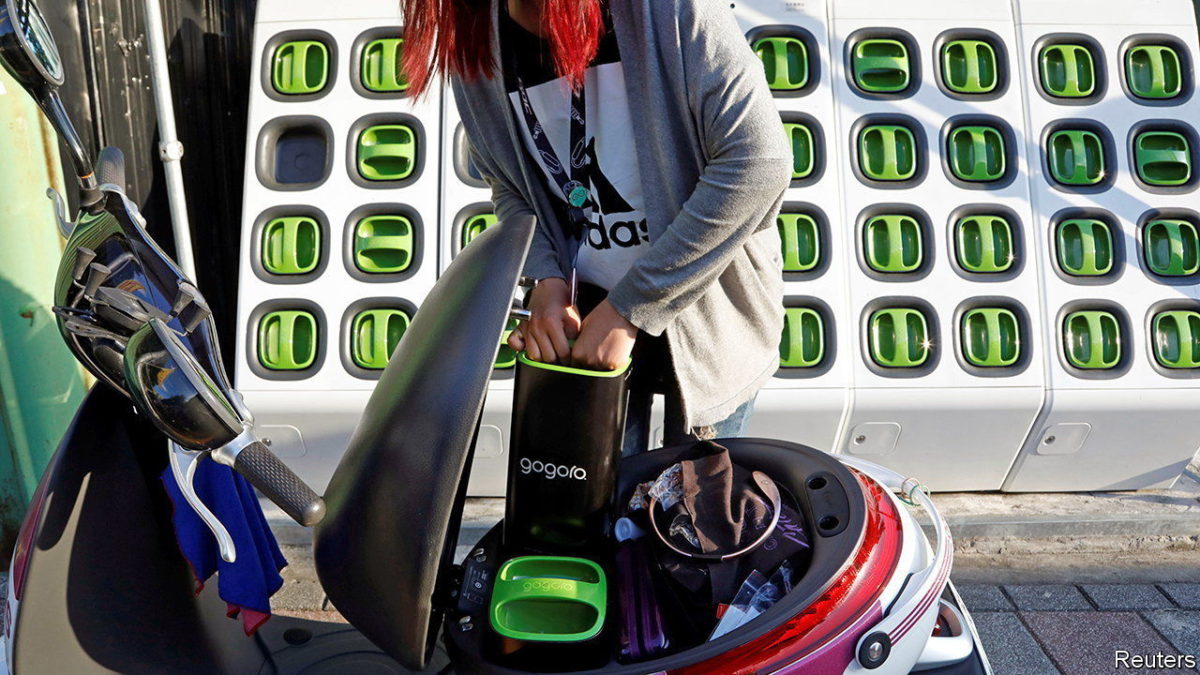Battery Swapping
As anxiety mounts over the capability of America’s electric vehicle chargers to charge the growing fleet of electric vehicles, battery swapping stations are emerging as an alternative. Battery-swapping has already gained momentum in China, even after high-profile failures over the last decade in Israel and at Tesla Inc. However, a San Francisco company is trying a new approach as the EV revolution begins in earnest. Ample Inc., a small battery-swapping firm, is finding some success after a decade of toil. Last week, it identified its first automotive partner, a small EV maker called Fisker Inc. Replacing the battery rather than recharging it gets the car back on the road faster, requires minimal electrical infrastructure, and those are big selling points for gasoline stations that want to serve EVs and for the oil companies that are Ample’s biggest backers. While the notion of swapping batteries has a certain appeal, in practice, it has had some high-profile failures. Ample’s approach is different from what others have tried, the traditional approach has been to replace the entire battery, a massive block that can weigh thousands of pounds. Ample has designed smaller, modular batteries that could either restore the whole battery or just a section of it, depending on how much range the vehicle needs.
The battery-swapping model has several advantages that can help to accelerate the adoption of electric vehicles. It can be a quicker process than recharging, providing more convenience to users, especially for those who drive lots of miles and stand to lose money if they can’t fill up right away. Moreover, it can help to reduce charging network problems, which are being delayed by permitting and supply chain hurdles, along with reliability issues.
The modular design of Ample’s batteries is what sets it apart from other battery-swapping stations. Instead of replacing the entire battery, which is massive and can weigh thousands of pounds, the company’s smaller and more modular design allows it to replace either the whole battery or just a section of it. This innovative approach helps to make the electrical footprint of its stations far smaller. It means they can be installed at existing gas stations and parking lots. This is a significant advantage over traditional charging infrastructure, which requires dedicated spaces and a high-capacity electrical grid to operate.
Despite the advantages, the adoption of battery-swapping stations will not be straightforward. The automotive industry is so large that bringing battery swaps to even relatively small corners is an opportunity. Doing so could accelerate the uptake of EVs in cases where a roadside charger isn’t the best fit. Fisker, for example, is focused on “ride-hailing and rental vehicle companies” in its partnership with Ample. But, there is still uncertainty around whether this model can be mainstreamed. The traditional EV plug remains the industry standard, and there have been significant investments in EV charging infrastructure over the years. Nonetheless, battery-swapping stations can play a vital role in accelerating EV adoption, especially in areas where conventional charging infrastructure may not be feasible.
































